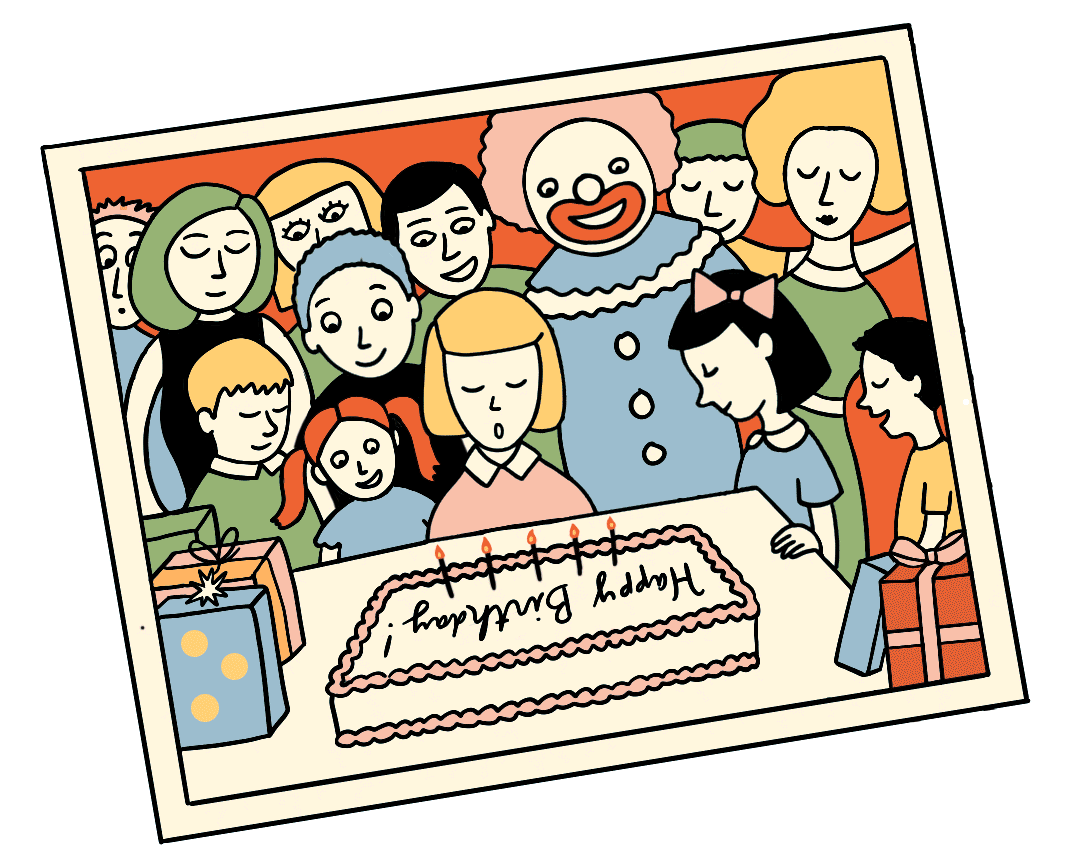A UT Professor Explains Why you Don’t Remember Things as They Really Were

Think back to when you were young. Chances are, you have a couple of fragments of memories from when you were 3 or 4 years old. People generally don’t remember anything prior to the age of 3, a phenomenon sometimes called childhood amnesia. After that, you start to remember a bit more. You might recall fragments, like a birthday party you went to in grade school, a third-grade classroom, or a game you played with a friend.
When you have a memory of an event, you often get a mental image, and you might even recall feelings of joy, sadness, or fear. And for many of these memories, you have high confidence that they reflect a snippet of an experience that happened to you at some point in the past.
The thing is that all of your memories (from the earliest bits you can recall to things that happened to you last week) are not a video of what actually happened in the past. The main function of memory is to give you the information you need when you’re likely to need it. So, every time you recall a particular memory or think about some time in the past, there is a chance that you will also incorporate newer information into that memory.
The classic studies on this come from the work of Elizabeth Loftus and her colleagues. In one study, people watched a video of a car running a stop sign and hitting another car. Later, they were asked about how fast the car was going when it ran the yield sign. That is, the question embedded false information in it. In a test, participants were shown pictures and asked which came from the accident scene. These participants often chose a picture that had a yield sign at the intersection rather than the stop sign they actually saw. So, their later memory for the accident combined what they saw with things they encountered later.
This happens even for emotionally significant events. For example, most people who were at least 10 years old on 9/11 have a vivid memory of where they were and what they were doing when they heard that the World Trade Center towers collapsed. Memories like this were first studied by Roger Brown and James Kulik in the 1970s and were called flashbulb memories—as if you had taken a picture of the significant event. They first explored people’s memories of the Kennedy assassination.
Later work on these memories has actually had people write down where they were when a significant event (like 9/11) happened on the following day. A day after an event like this, the memory is probably fairly accurate. A year later, people were asked to recall where they were, and the research suggests that people’s memories are no longer that accurate, even though people are completely sure they remember accurately.
This brings us back to your childhood. Your earliest memories are already just slivers. On top of that, you probably have heard stories of things that happened when you were young. You have seen pictures in albums. You might even have home movies or videos of things you did as a young child. Even though your early memories feel like your own, they may very well include these other elements. Your memories are all just a mashup of many different sources of information about your past.
But don’t feel bad about that. What is really important is the comfort, joy, or security you may take from your early memories. Even if they are not accurate recordings of your earliest moments, they are still part of what makes you who you are now.
Illustration by Drue Wagner










No comments
Be the first one to leave a comment.